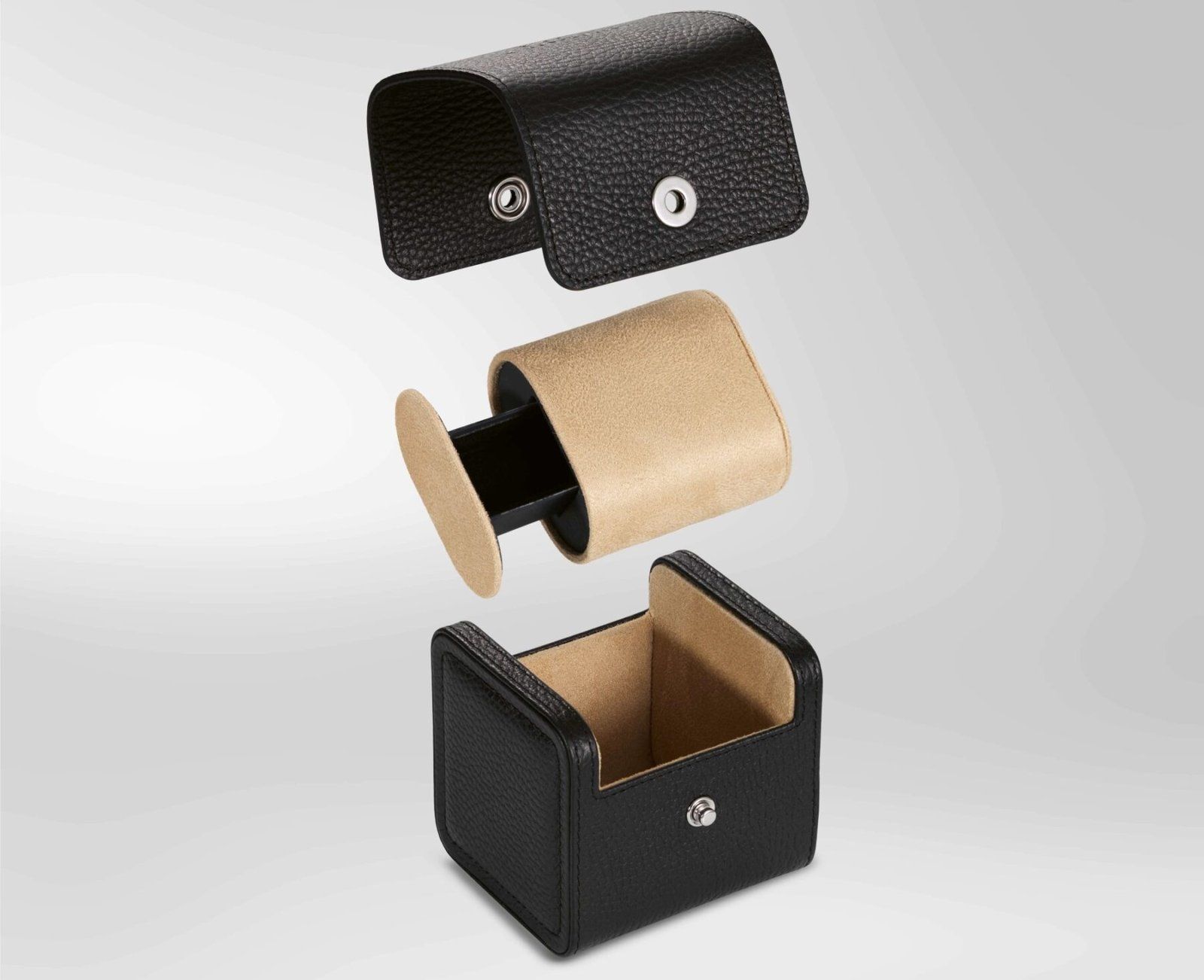Happy Earth Month: Celebrating Eco-Friendly Watchmaking
Save the earth, Global Warming are terms we often hear, but how many of us actually reckon with it? It’s that fine line between intent vs action. For most the intent or the attitude is genuine but do your actions reflect the same? Did you know that on an average 1.83 tons of CO2 is emitted for every ton of steel that is produced? As per a survey, in 2018 the global steel production had reached 1808 million tons, which translates to 57 tons of steel per second, 365 days a year! The Swiss watchmaking industry itself consumes around 9000 tons.
Worldwide steel emission accounts for approximately 6% of the total emission of CO2. Besides steel, other metals such as gold too have detrimental environmental and social impacts. The extraction and processing of gold from a deposit differs significantly between large-scale gold mining (LSGM) and artisanal and small-scale gold mining (ASGM). The impacts and challenges for the environment and the social sphere that results from gold mining directly affect water, air, soil, wildlife, and in turn the human race. Problems such as habitat loss and deforestation are common impacts of gold mining.
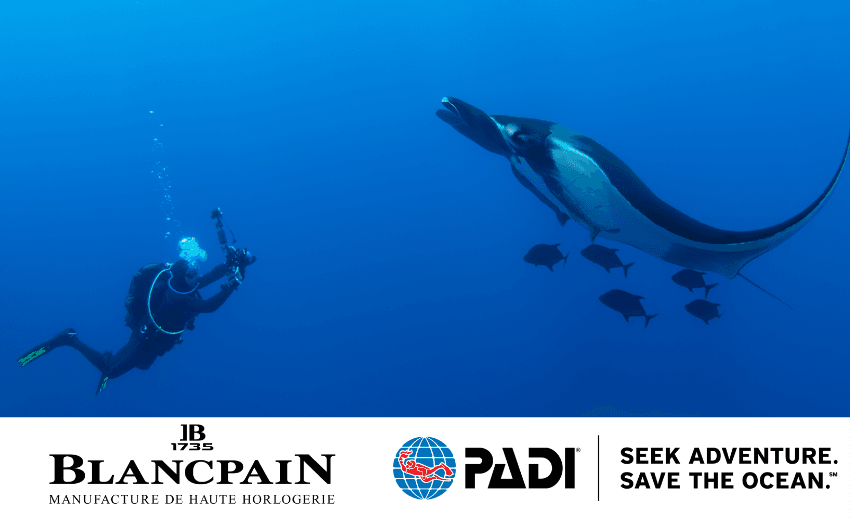
Fuelled by the necessity of manufacturing sustainable products,to generate a positive impact on society, the environment and in turn on the economy, the watch industry too is most certainly playing its part, both directly and indirectly. From the effects of metals to the horrifying plastic plague, the watch world is most certainly contributing to minimize the dreaded impacts on the environment. Globally Cartier’s gold consumption is around 10 tons, 90% of which is recycle at Happy Earth Month.
As profound environmental challenges demand solutions, attention turn to practices
that reduce the ecological impact of every aspect of the watch industry. In its commitment to developing strategies for a sustainable future, including reducing waste and promoting reuse of materials Panerai introduced eSteel™ to their collection. For the 2022 Submersible QuarantaQuattro collection, 72g of the watch is made of recycled materials, corresponding to 52% of the total weight of the watch (that is 137g). Last year the brand introduced a watch that is almost completely recycled - the Submersible e-LabID that was made from 98.6% recycled based materials - 100% recycled Superluminova and 100% recycled silicon in its escapement. Even the hands and sapphire crystal are recycled.
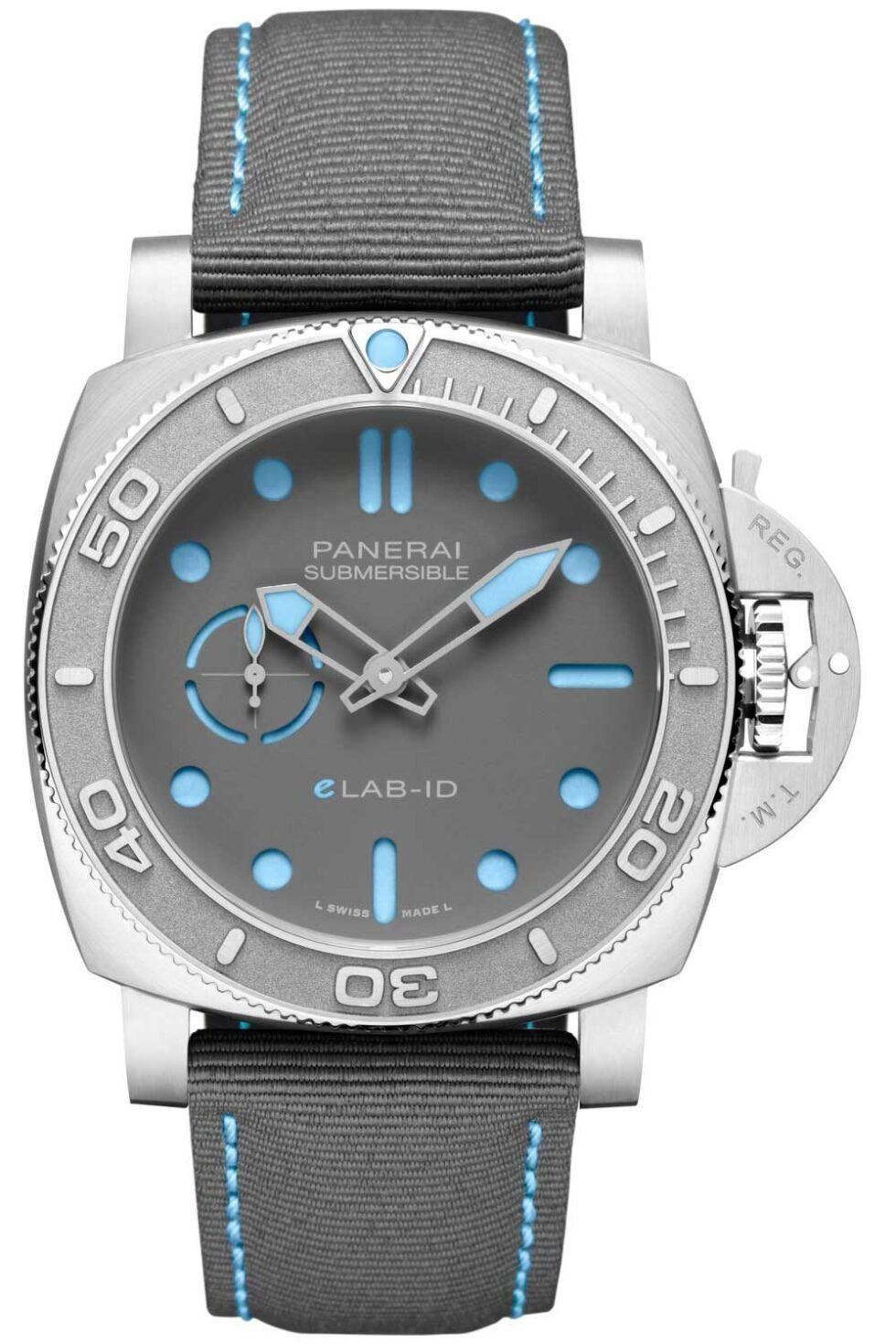
There is also the ORIS Aquis Upcycle that was launched last year. The watch, which is available with either a 41.5 mm or 36.5 mm case, is particularly special. The PET plastic recycling process produces random patterns, meaning no two dials are the same. “We launched it to show that we are climate-neutral and we compensate for the emits and reduce it. We are in the process of isolating the roof and using 30+ heating energy and also installing solar panels to produce our own electricity. People ask about the kilograms of recycled plastic in this watch dial but that’s not how we make a difference. We make a difference by the people who wear it, you wear this watch and make a statement. We offer a piece of luxury by customizing through the trash.”, Rolf Studer, CEO Oris Watches.
In yet another conservation attempt to protect the ocean world and ensure the survival of Manta Rays, Carl F Bucherer has partnered with the Manta Trust to help build solid foundations for a sustainable future for the oceans where these majestic creatures can thrive in healthy, diverse marine ecosystems. With four watches in the Patravi ScubaTec Manta ray collection, a portion of the proceeds from the sales of each model is donated to the foundation, and a contribution from the sale of the Patravi ScubaTec Maldives (2021) was specifically dedicated to the Manta Trust’s new floating research station project.

Alpina also put plastic waste in the ocean to good use with its Seastrong Diver Gyre Automatic. The case is made of a composite that is derived from the recycled plastics found in the fishing nets of the Indian Ocean. The NATO strap is also made from recycled bottles. This watch was produced in collaboration with Gyre, a start-up by Bernard Werk.
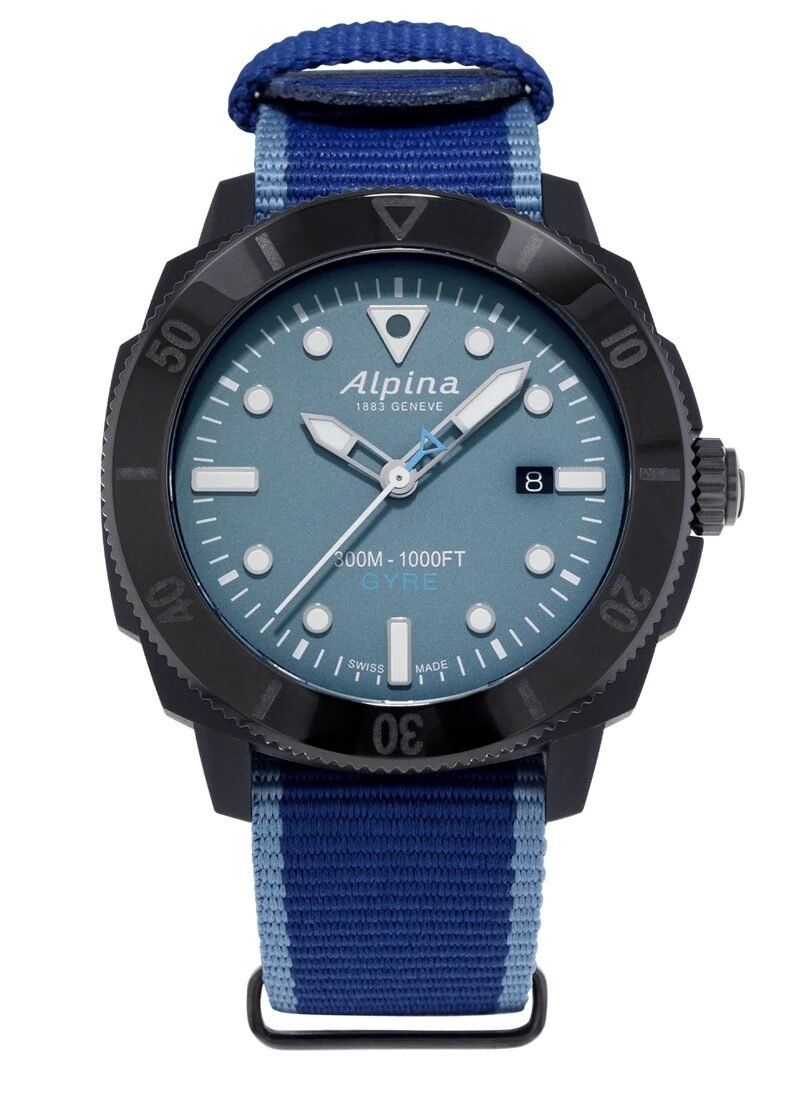
Gyre is a relatively new Dutch watch brand that focuses on raising awareness of the plastic soup problem and contributes to stopping the flow of plastic into the oceans and removing it. French design, a high-quality Japanese solar powered movement with an assembly that takes place in The Netherlands. Local fishermen collect the fishing nets from the sea and deliver them to the recycler. They receive a fee for this, which means GYRE also contributes to the local economy. The nets are then clean and make into pellets for the watch case. GYRE is currently working on the last steps to make a strap that is also making out of fishing nets. The strap is now make entirely out of recycled plastic bottles.
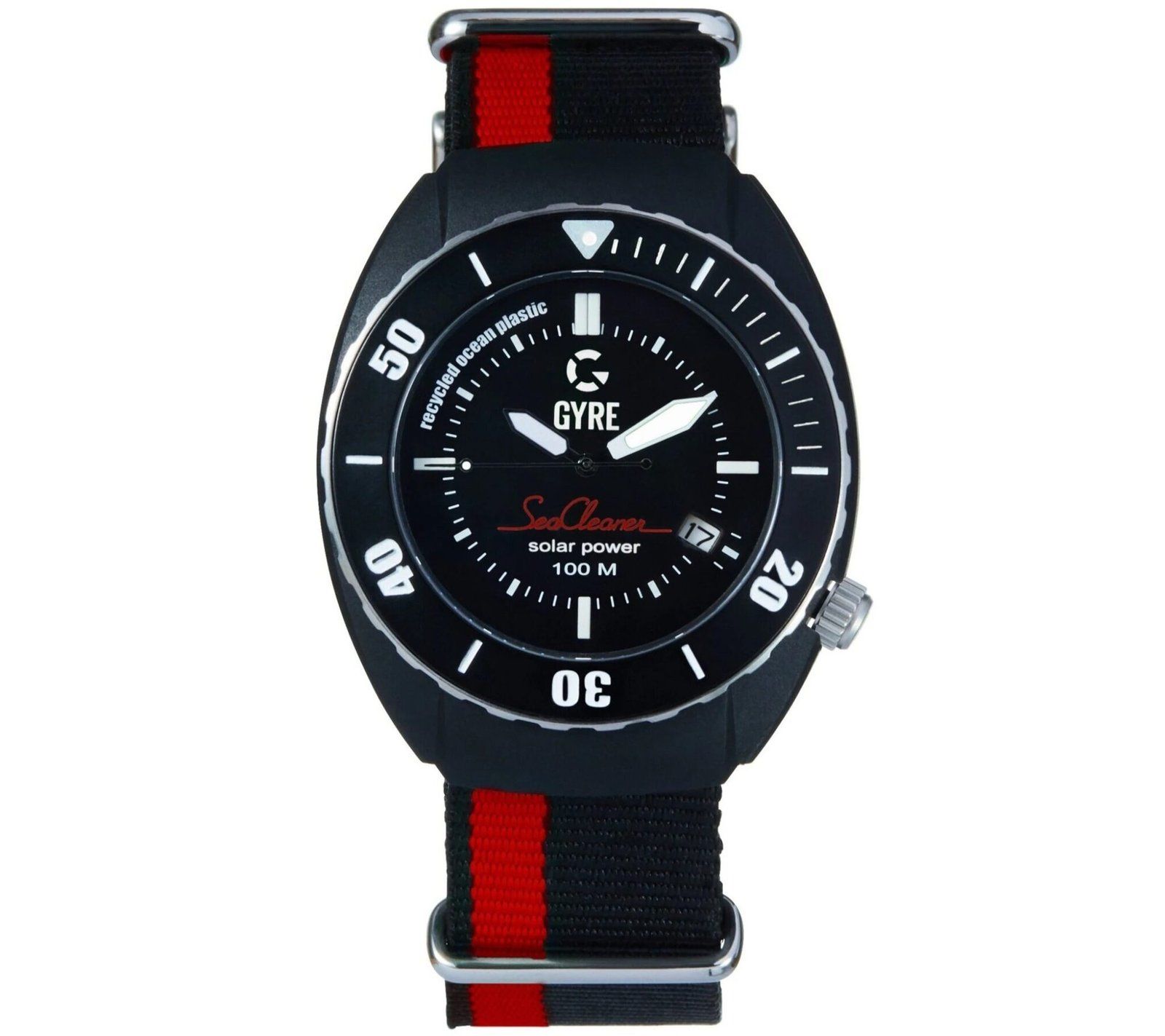
From watches to their packaging. In 2020 IWC redesigned their boxes to reiterate that luxury does not necessarily mean excess. The new boxes contain 90% less plastic than previously, and 80% of the plastic remaining is recycle plastic. Even their bags are making from FSC-certified, 100% post-consumer waste. Another impactful practice at IWC is the recycling of their scrap. For gold 59% of their requirements for 2019 and 44% for 2020 were met by simply recycling the left over materials.
IWC is also offering watch straps made of the modern, low-impact paper-based material TimberTex. 80% composed of natural plant fibers, 100% colored with natural dyes and 100% handmade in Italy. Each strap is manufacture by hand, combining centuries-old craftsmanship with new state-of-the-art production methods.
Infact this year IWC will also be implementing a Green I.T. strategy. One of the first few brands to independently audit, IWC is also a RJC (Responsible Jewellery Council) Member and has now set the goal of attaining CoC (chain of custody) certification of gold watch components this year. Various brands have taken a responsible path. Since 2018 all of Chopard’s gold comes from ethical sources. Infact both Rolex and Chopard also have their own gold foundries.
Breitling has turned it up a notch and with Geroges Kern in the forefront this comes as no surprise. Every Breitling watch now has a digital passport. The eventual goal being that in time on scanning the QR code you will able to tell when, where and how every component was make. Besides their eco-friendly boxes and straps, Breitling has also initiated the concept of digital documentation to the world of watches at occasion of Happy Earth Month.

Infact our very own giant - TITAN has also taken the necessary precautions to help preserve and reduce the impact of climatic changes and global warming. The use of renewable energy is a large part of the environment risk mitigation. However, about 54% of their overall electricity consumption is power by wind energy. From recycling brass and gold scraps, processing bio-waste. From their canteens and factories through a vermi-compost system to the replacement of Trichloroethylene. That is cleaning processes of watch making with the more environmentally sustainable material, TITAN is certainly fostering ethical growth. In yet another initiative TITAN in collaboration with Khadi and Village Industries Commission introduced a watch with a handwoven Khadi dial and strap. Moving towards organic products, this watch is most certainly a blend of modernity and tradition.

The new Maurice Lacroix AIKON #tide watches are also is form of #tide ocean-bound upcycle plastic combine with glass fibre. The resultant composite material is twice as hard as standard plastic, five times more resistant and has a carbon footprint significant less than the production of virgin PET. The bezel, case, case back, crown, end-piece and buckle on this new model are all made from this composite material on Happy Earth. It takes 17 bottles to make one fabulous watch and its tailor made packaging, 100% made of #tide ocean material®. It’s a win-win deal.
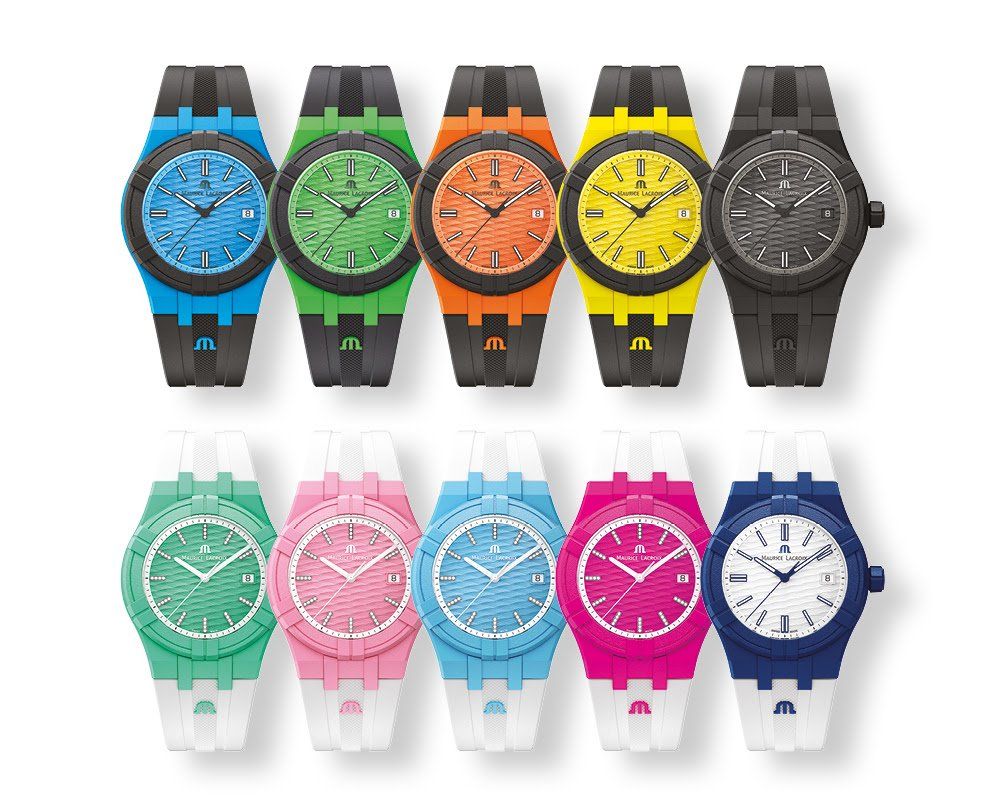
Fossil has also just dropped some eco-conscious style. Crafted with #tide ocean material®, the classic dive-inspire watch is now power by the sun. And features components make with upcycled, ocean-bound plastics. The material originates as ocean-bound plastics that are collect. And transformed into tide granules, which are then make into durable plastic reinforced. With natural fiber for occasion at Happy Earth Month.
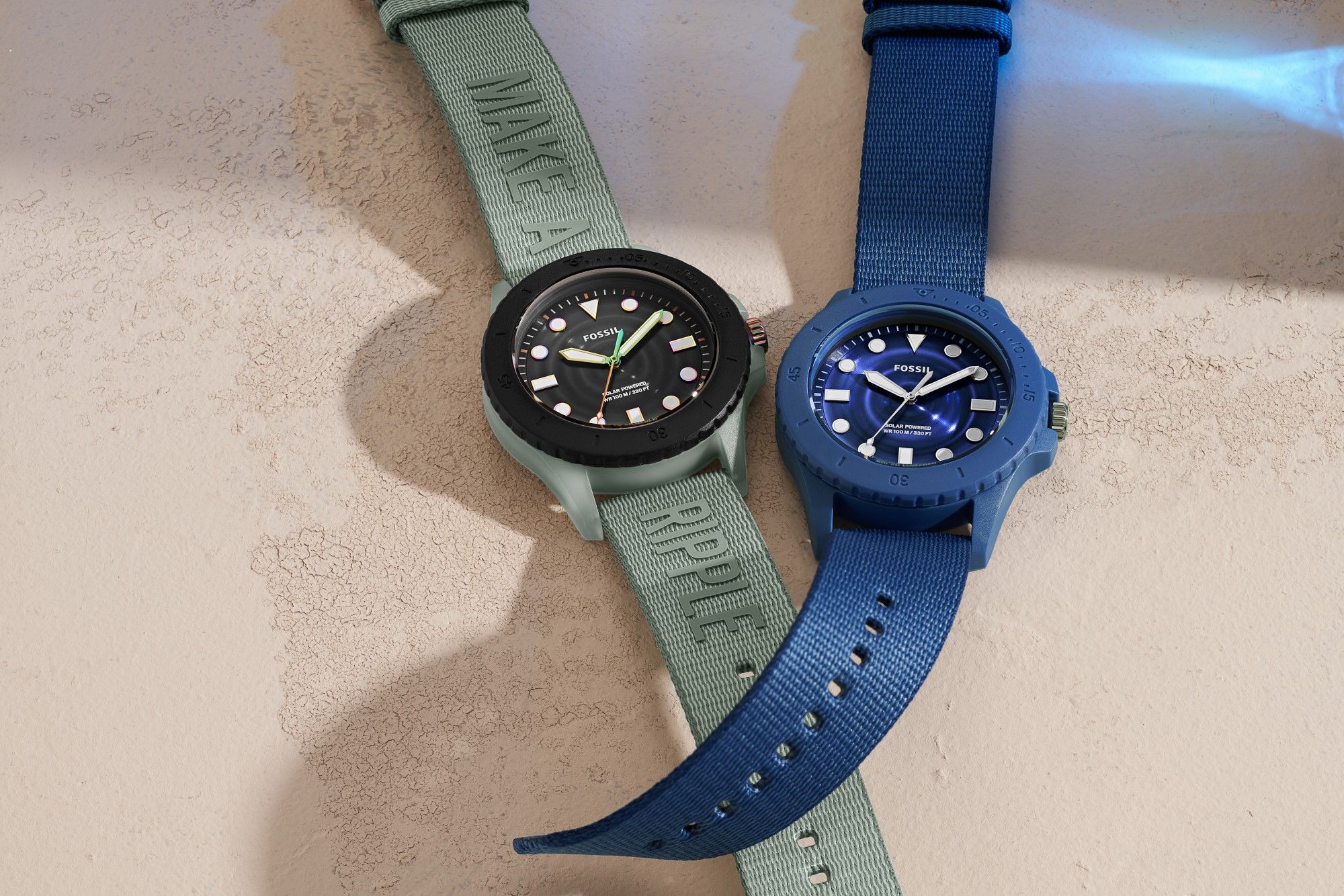
From sustainable products to pre-owned. In my opinion buying pre-owned watches could contribute to this cause. As per a 2021 survey at Deloitte, almost one in three consumers. They were planning to or most likely buying a second-hand watch in the coming months. The reasons could vary from lower prices, availability of discontinued models to just general investments. However, this overall growth and boom of the pre-owned market could attribute to the Millenials and their ethical outlook. That being pre-own watches are inherently sustainable - they do afterall give life to resources that have already been utilise at Happy Earth Month.
Be it the prestigious world of Blancpain and Omega or the accessible likes of Fossil. And Skagen, the watch world is most certainly doing its part towards saving mother earth. Can that chunk of metal on your wrist really contribute towards saving the planet? Let’s be honest, the watch industry has a very small global share in the overall environmental impact, but every drop in that ocean counts on Happy Earth Day.
No articles found


